CN says it warned Via's new trains weren't compatible with its signalling technology way back in 2021
Get the latest from Chris Selley straight to your inbox
Published Oct 21, 2024 • Last updated 0 minutes ago • 4 minute read

The news this past week for Canada’s long-suffering rail passengers would be funny if it weren’t so utterly pathetic: Government-owned Via Rail’s brand new, nearly $1-billion, much-ballyhooed new Siemens Venture train sets will take longer to navigate the Windsor-Quebec City corridor than their predecessors.
“Via Rail Canada would like to advise its passengers that we are currently experiencing delays on certain trains due to unexpected speed restrictions imposed by CN, the railway infrastructure owner,” a recent email to customers read. “Delays of 30 to 60 minutes are possible on trains travelling on the … corridor.”
Advertisement 2
THIS CONTENT IS RESERVED FOR SUBSCRIBERS
Enjoy the latest local, national and international news.
- Exclusive articles by Conrad Black, Barbara Kay and others. Plus, special edition NP Platformed and First Reading newsletters and virtual events.
- Unlimited online access to National Post and 15 news sites with one account.
- National Post ePaper, an electronic replica of the print edition to view on any device, share and comment on.
- Daily puzzles including the New York Times Crossword.
- Support local journalism.
SUBSCRIBE FOR MORE ARTICLES
Enjoy the latest local, national and international news.
- Exclusive articles by Conrad Black, Barbara Kay and others. Plus, special edition NP Platformed and First Reading newsletters and virtual events.
- Unlimited online access to National Post and 15 news sites with one account.
- National Post ePaper, an electronic replica of the print edition to view on any device, share and comment on.
- Daily puzzles including the New York Times Crossword.
- Support local journalism.
REGISTER / SIGN IN TO UNLOCK MORE ARTICLES
Create an account or sign in to continue with your reading experience.
- Access articles from across Canada with one account.
- Share your thoughts and join the conversation in the comments.
- Enjoy additional articles per month.
- Get email updates from your favourite authors.
THIS ARTICLE IS FREE TO READ REGISTER TO UNLOCK.
Create an account or sign in to continue with your reading experience.
- Access articles from across Canada with one account
- Share your thoughts and join the conversation in the comments
- Enjoy additional articles per month
- Get email updates from your favourite authors
Article content
The issue concerns signalling at level crossings. CN requires train sets to have a minimum of 32 axles in order to guarantee warning bells and barriers are properly activated as they approach. The Siemens train sets have 24 axles, meaning they have to slow on approach to at least some level crossings — of which there are many hundreds on the corridor — to ensure the signals have indeed activated. These trains were exhaustively tested beforehand on CN rails, which are what Via mainly uses.
The mind boggles as to how this issue could have been missed, and it’s not clear whose fault it is. CN warned Via of the 24-axle issue way back in 2021, according to CN spokesperson Ashley Michnowski, and confirmed the issue once it became official that the Siemens trains wouldn’t meet the 32-axle requirement. Via counters that this all came “without prior notice.”
Either way there’s no excuse. This has been a known issue with these same basic train sets on other North American passenger railways. And maybe the worst part: There’s a workaround technology called a “shunt enhancer” — an alternative way to trip the level-crossing signals remotely — that Siemens actually manufactures. Amtrak announced months ago it was installing them on the same Siemens locomotives Via now uses. Years too late, apparently, Via now says it’s looking at the technology.
By signing up you consent to receive the above newsletter from Postmedia Network Inc.
Article content
Advertisement 3
Article content
Via customers are remarkably forgiving and earnest people, in my experience, but I imagine learning of possible “delays of 30 to 60 minutes” must have set eyes rolling. In my wretched experience in being sentenced to travel Via rail, a 30-minute delay between Ottawa and Toronto counts as a red-letter day. In the week before the new restrictions went into effect on Oct. 11 — just in time for Thanksgiving! — ruinous Via delays included a train that was one hour and 39 minutes late arriving in Toronto from London, which is a two-hour bus ride away. On one Saturday, trains arriving in Toronto from Ottawa and Montreal were on average 71 minutes late.
“The delays aren’t Via’s fault” is the usual response from its defenders. Assuming Via bothers getting to the bottom of this debacle and reporting back its findings — at a parliamentary committee, one hopes — that may or may not apply in this case. But the inedible food, baggage-weight restrictions, refusal to transport bicycles since the beginning of the pandemic and non-functional Wi-Fi have always been Via’s fault. (I’ve heard tell that internet works on the new trains. But people said the Wi-Fi worked on the old trains too, and that was a filthy lie.)
Advertisement 4
Article content
If such delays become even more routine, this could become existential for Via and a huge opportunity for alternatives. The average bus between Toronto and Ottawa only takes about 40-minutes more than the average train is scheduled to take. And nowadays you have your pick of many different bus lines, including the quite luxurious Red Arrow.
As I type this on a Friday afternoon, Via’s website is asking at least $250 to take you from Toronto to Ottawa on Monday and back on Wednesday, in economy. Red Arrow wants $100 for the equivalent of business class for the same trip. The other carriers on the route want considerably less, and offer more trips. Even between Toronto and Montreal, the train-versus-bus comparison is getting worse for Via. Megabus can do the trip in six hours and 35 minutes. This past week, thanks to delays, Via took six hours or more to make that trip on at least five occasions.
Especially if this problem proves intractable, I expect we’ll soon see another surge in support for Via’s high-frequency rail (HFR) plan … or maybe it’s a high-speed rail (HSR) plan, or maybe it’s a bit of both — it depends what day of the week it is and who’s talking and whom they’re trying to impress. Maybe it could take just three hours between Montreal and Toronto, or maybe it could actually be no faster than it is now, but at least it would be much more reliable because under every one of the scenarios, Via would own the tracks instead of being a second-class user of CN’s rail lines.
Advertisement 5
Article content
That’s not necessarily a bad plan as it was originally conceived, at least before you start measuring costs against benefits. If the Ottawa-to-Toronto or Montreal-to-Quebec City routes got 20-per-cent faster and much more reliable, it would be a compelling travel option. Amtrak has all of 80 kilometres of HSR, but its very frequent services are still the most compelling option between New York City and either Boston or Washington.
After the news this week, however, it becomes all the scarier to imagine current Via management being in charge of such a project.
National Post
[email protected]
Recommended from Editorial
-

Chris Selley: Trudeau's desperation is dangerous for everyone. Especially Liberals
-

Chris Selley: Un-banning plastic straws is one thing governments can get right
Get more deep-dive National Post political coverage and analysis in your inbox with the Political Hack newsletter, where Ottawa bureau chief Stuart Thomson and political analyst Tasha Kheiriddin get at what’s really going on behind the scenes on Parliament Hill every Wednesday and Friday, exclusively for subscribers. Sign up here.
Article content
Get the latest from Chris Selley straight to your inbox
.png)
 2 hours ago
5
2 hours ago
5



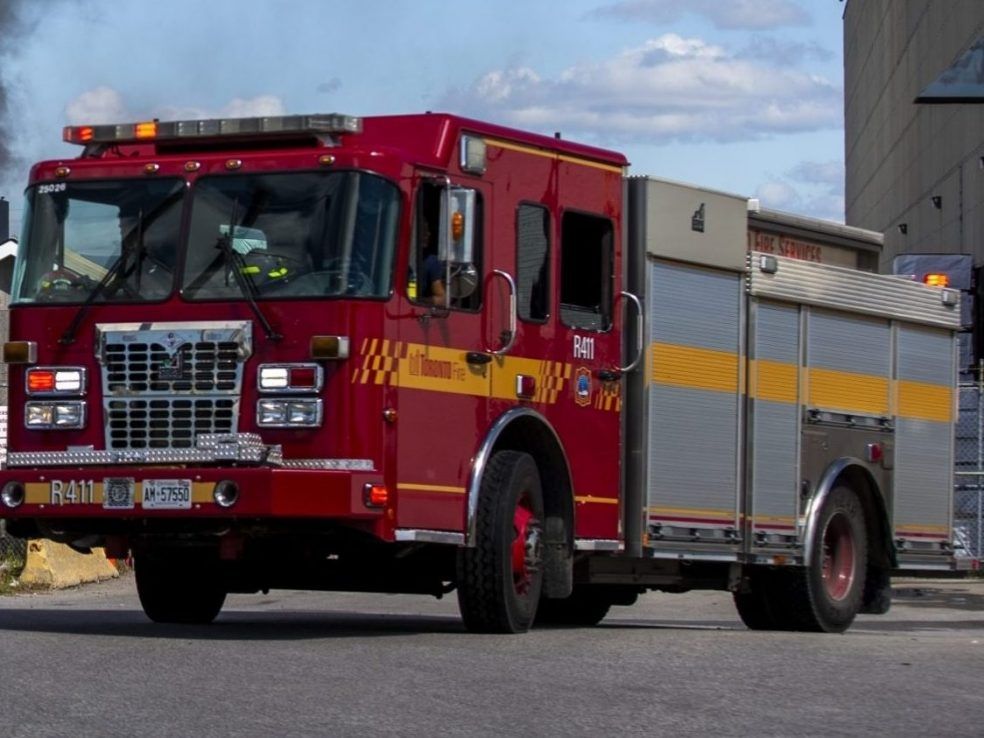





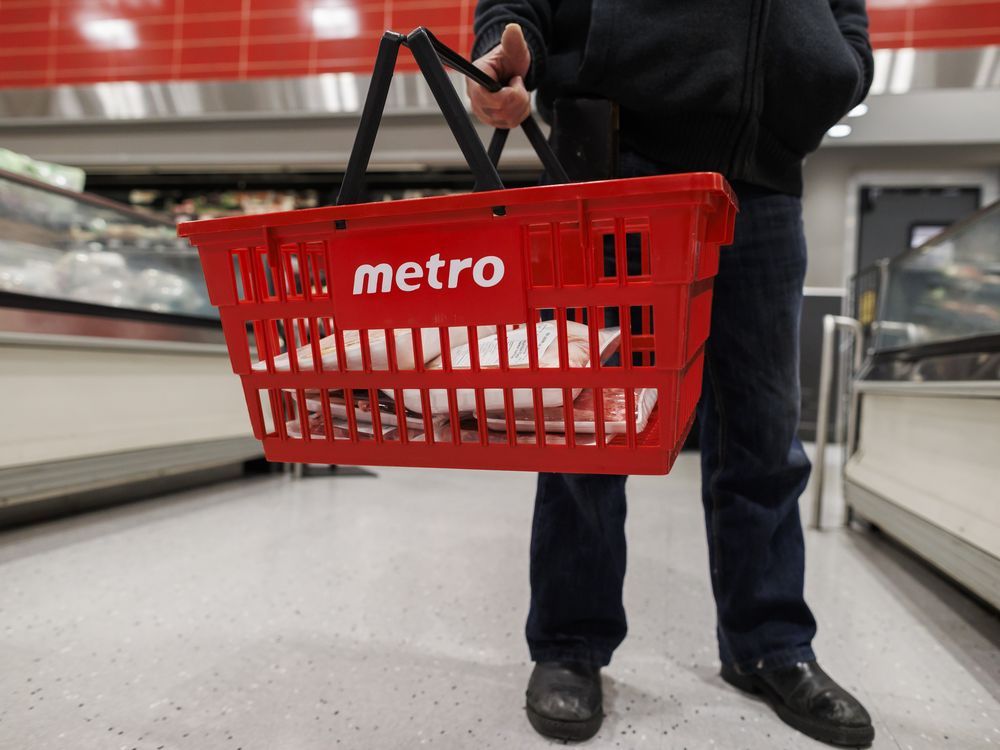

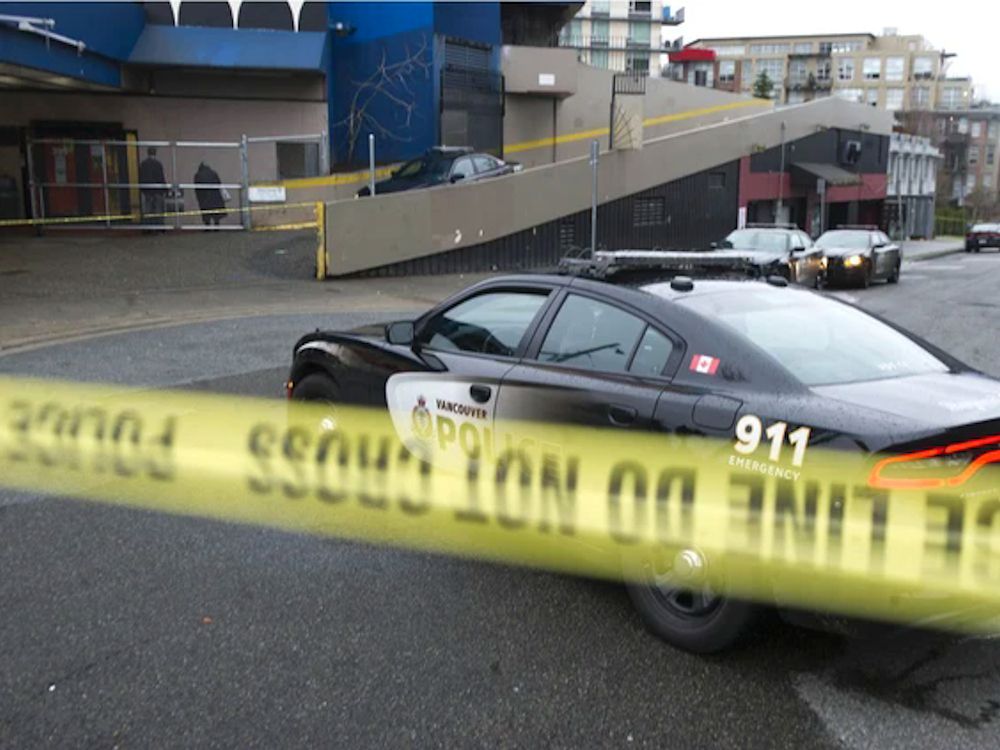















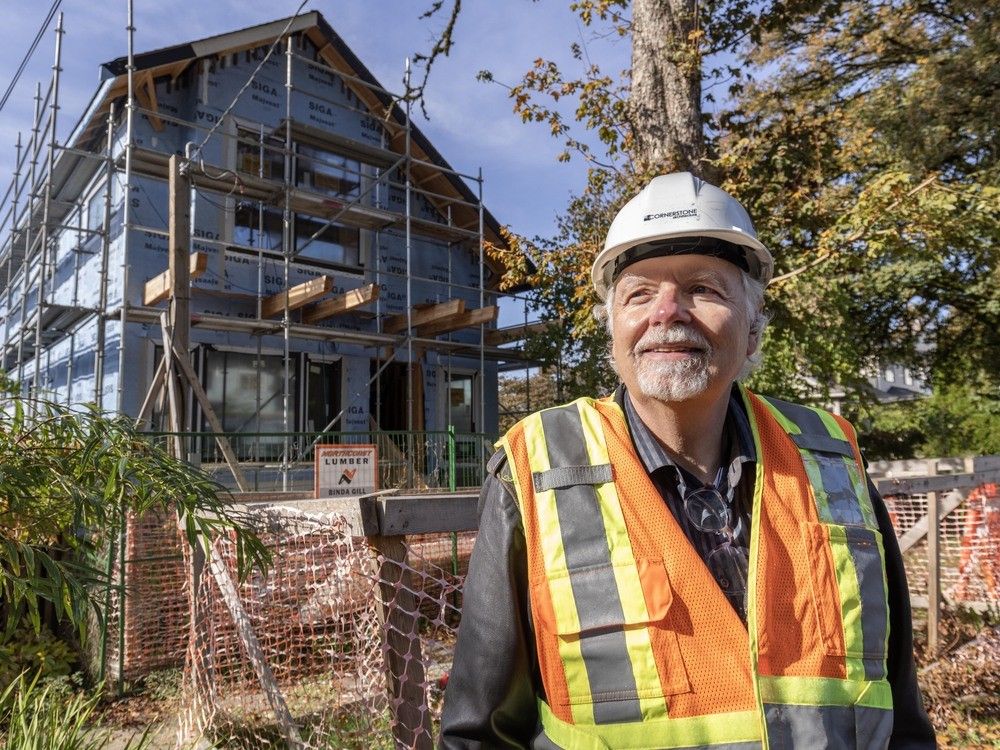


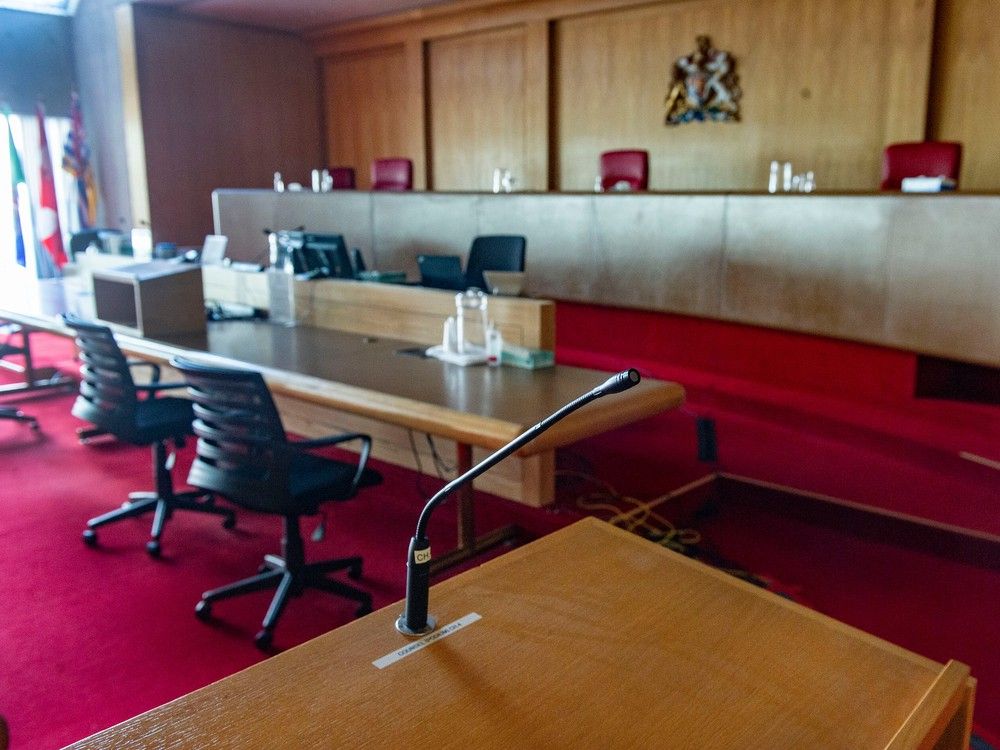





 Bengali (BD) ·
Bengali (BD) ·  English (US) ·
English (US) ·